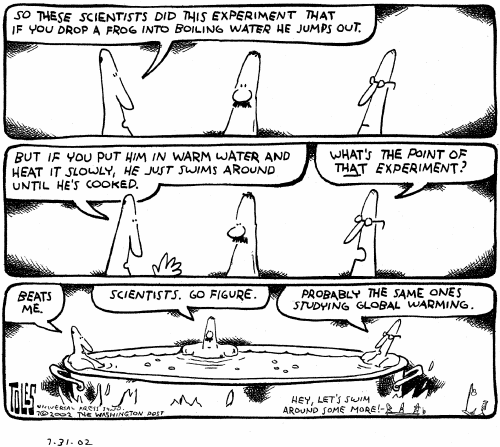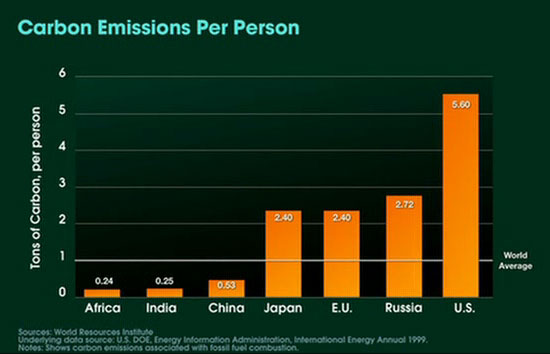
Bust out your video camera and make a video about what you do to be green. Get the kids involved! Why stop there? Why not get their class or their whole school in on the project? Make their teachers give them extra credit. What about your workplace? Your neighborhood? Have a green block party! Then enter your video in the Convenient Truths contest sponsored by Seventh Generation and Treehugger. Details below:
You show us the goods…
Between November 21, 2006 and February 28, 2007, submit a video to us that shows us practical, easy and inspired ways to reduce your carbon emissions.
A carbon emission is the release of carbon dioxide, the principal greenhouse gas, into the atmosphere resulting in that very real problem, global warming. Almost every one of us is accountable for this problem since carbon dioxide is produced by power plants (for the purpose of electricity generation), cars, trucks, airplanes, buildings, and deforestation. (For more information go to www.carbonfund.org.) So whether you remember to turn off the light when you exit a room, forego flights and rent hybrid cars instead, or push your landlord to create a rooftop garden, inspire us!
And we’ll show you the goods…
In partnership with Seventh Generation, Inc., TreeHugger.com is offering you the chance to speak out and inspire your peers to do the same eco-good as you are.
If you win over web viewers and judges, you’ll not only get the chance to have your video streamed on weather.com’s climate change site, One Degree and other media partners, but you’ll also be in the running for the following prizes, all designed to reduce your carbon emissions:
Grand Prize: An all-expense paid trip to the Alaskan wilderness from Alaskan Wildland Adventures, travel gear from Patagonia, and carbon offsets for the full trip.
Second Prize: A green home makeover, eco-friendly home products, and home carbon offsets for one year.
Third Prize: Two solar bicycles,two solar backpacks, and one, year-long, car-share membership.
The Top 10 winners will also receive a medley of sustainable prizes including carbon offsets for one car, for one year, a bamboo skateboard, a solar charger, a repurposed bag, eco-friendly products, both the DVD and book versions of An Inconvenient Truth, and Laurie David’s book, Stop Global Warming: The Solution Is You!.
Now isn’t that enough to rock on with your bad, green self and upload a video?
Have fun!






